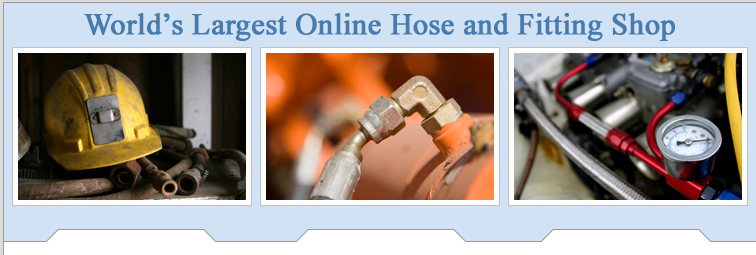Water in hydraulic fluid:
- Depletes some additives and reacts with others to form corrosive by-products which attack some metals.
- Reduces lubricant film-strength, which leaves critical surfaces vulnerable to wear and corrosion.
- Reduces filter ability and clogs filters.
- Reduces the oils ability to release air.
- Increases the likelihood of cavitation occurring.
A number of factors need to be considered when selecting water contamination targets, including the type of hydraulic system and your reliability objectives for the equipment.
It's always wise to control water contamination at the lowest levels that can reasonably be achieved, but certainly below the oil's saturation point at operating temperature.
Methods for removing free (unstable suspension) and emulsified (stable suspension) water include:
polymeric filters
vacuum distillation
Water causes the polymer to swell, which traps the water within the media. Polymeric filters are best suited for removing small volumes of water and/or maintaining water contamination within pre-determined limits.
Vacuum distillation and headspace dehumidification also remove dissolved water.

